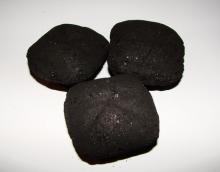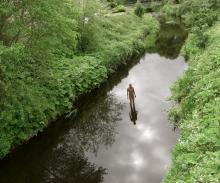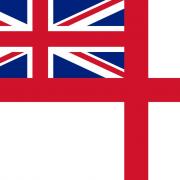
… UNTIL NOW
Cabinet papers newly released under the 30-year rule cast a surprising light on Edinburgh’s seascape.
Inchmickery stands roughly two miles off the coast in the Firth of Forth.
Members of the public may not land on this RSPB bird reserve, where ‘small but important populations of tern and breeding eider’ enjoy legal protection. Few pause to question the validity of that prohibition.
Today, Spurtle reveals that the ‘Inch’ is not a genuine island at all, but an artificial reef created in 1924 by the scuttling of a Royal Navy battleship.
Close your eyes
Close your eyes a little and you can still make out elements of the vessel’s vast superstructure: in particular, her bridge, midship funnel, and for’ard and aft gun turrets.
The following account of the site’s hidden history comes from archivist and historian Dr Aon A’Ghiblean.
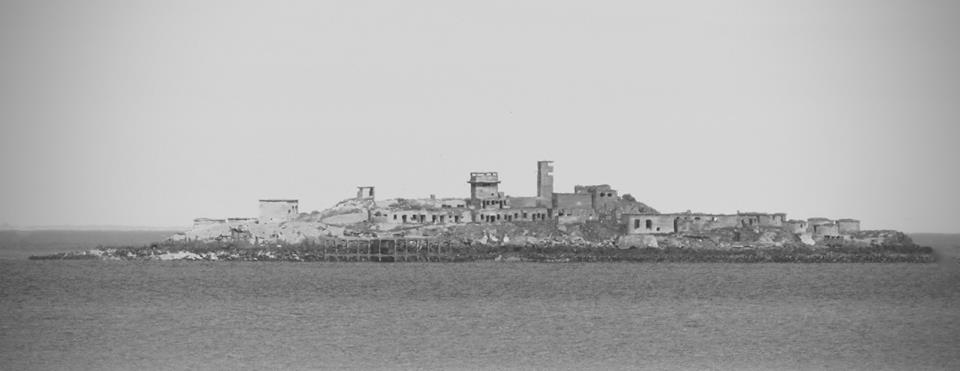
Dreadnought
HMS Metis (a Clyde-built Bellerophon-class dreadnought of 18,600 tons; measuring 656’x 103’) was commissioned in 1908 and survived the Battle of Jutland (1916) unscathed. After the First World War, she was supposedly broken up in 1923, but was in fact brought to Rosyth Royal Naval Dockyard and there stripped and tight-lockered.
In early 1924, at night and under conditions of great secrecy, Metis was towed into position then partially sunk on reinforced-concrete blocks in 10 fathoms of water. Over the following year, naval architects and a crack team of theatrical set-designers shipped-in from London's West End combined to disguise the vessel beneath false elevations, imported rocks, ersatz inlets, and even a fake jetty.
At the same time, an entirely bogus name and back-story for the site were created by the Admiralty’s Forth/Cromarty/Scapa Intelligence Station (FCSIS) in Greenwich, and seeded thereafter into school textbooks and other apparently reliable works of reference to complete the illusion.
Comparing Ordnance Survey maps of 1923 (below-top) and 1925 (below-below) reveals the full scale of the deception.
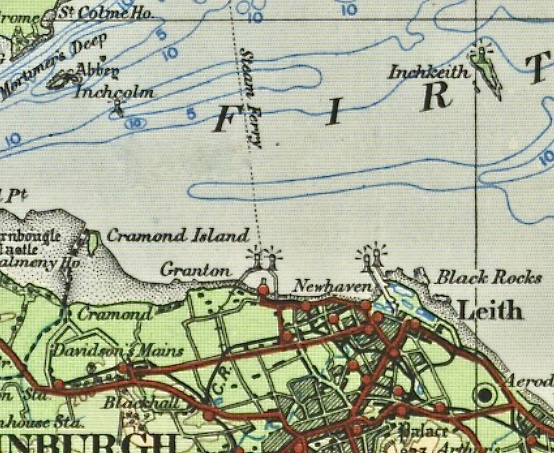

Defence into attack
Metis’ new role was twofold. First, to act as a massive, hidden gun battery from which the Forth Rail Bridge and skies over Edinburgh and Dunfermline could be defended in the event of war. Second, to barrack a permanent Royal Marine force capable of mounting surprise counter-attacks on any enemy raid or invasion.
Of course, immediate locals were not fooled by the new imposition, but for the most part they maintained the falsehood or helped spread an officially sanctioned counter-myth that some pre-existing island here had been artfully disguised.
Re-armed and re-clad with additional layers of armour in 1937, the former battleship continued as a tactical asset throughout the Second World War and on into the late 1950s.
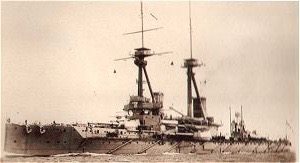
Gralloch or redesign?
Metis’ gun-deck motors and projectile hoist mechanisms were removed for scrap in 1972. In early 1997 over 25 miles of copper ducts, redundant cables, and ‘luminous waste, barrelled’ were brought ashore for temporary storage below New St Andrew’s House and in the Scotland Street Tunnel.
Recently released and heavily redacted paperwork relating to that transfer, and the objections to it by Edinburgh-based civil servants, first alerted A’ Ghiblean to the story.
Intriguingly, Inchmickery’s current purpose is unclear. It appears in no RSPA accounts, nor can we can find any record of it being decommissioned as a Royal Navy base. The Ministry of Defence neither confirms nor denies it ever having existed.
What goes on there now? Nobody's talking.

